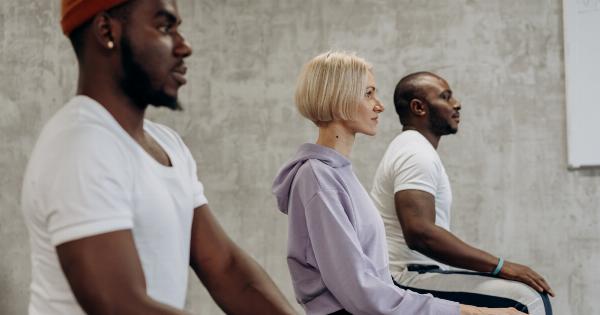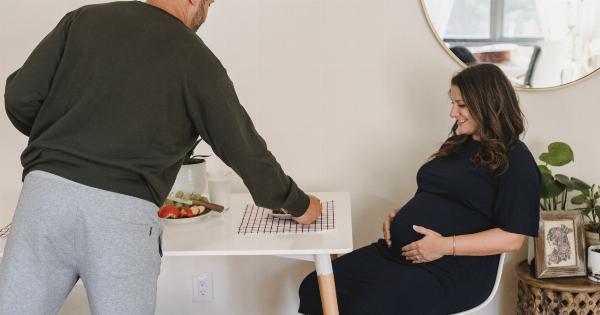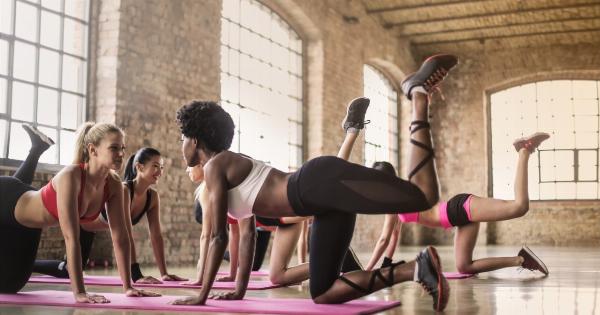When it comes to fitness, exercise is just one piece of the puzzle. Equally important is recovery. Rest and recovery give your muscles the chance to rebuild and repair themselves.
Without proper recovery, your muscles can become overworked and fatigued, leading to pain and injury. One effective way to improve your recovery routine is by using a foam roller. In this article, we’ll explore the benefits of foam rolling, how to use a foam roller, and which one may be best for you.
What is a Foam Roller?
A foam roller is a cylinder made of foam that’s used to self-massage your muscles. It’s designed to roll over areas of tightness and tension, providing a deep tissue massage that can help alleviate pain and improve flexibility.
There are many different types of foam rollers, each with varying levels of firmness and texture. Some are smooth, while others have bumps or ridges to provide greater pressure and a more intense massage.
How Does Foam Rolling Work?
Foam rolling works on the principle of self-myofascial release (SMR). SMR is a technique used to release tension and tightness in the fascia, the thin layer of connective tissue that surrounds and protects your muscles.
When you use a foam roller, you apply pressure to the fascia, which can help break up adhesions, or knots, that can cause pain and discomfort. By breaking up these adhesions, you decrease muscle tension and increase range of motion.
Benefits of Foam Rolling
There are many benefits to incorporating foam rolling into your recovery routine:.
- Decreased muscle soreness: Foam rolling can help reduce muscle soreness by increasing blood flow to the muscles, which brings in nutrients and oxygen and removes waste products.
- Improved flexibility and range of motion: By releasing tightness in the fascia, foam rolling can increase your flexibility and range of motion.
- Injury prevention: Using a foam roller can help prevent injuries by keeping your muscles loose and flexible, which reduces the risk of strains and sprains.
- Increased performance: Foam rolling can enhance your performance by improving your mobility, which can translate into better movements and lifts.
How to Use a Foam Roller
Using a foam roller is relatively simple, but there are some best practices to follow to get the most out of your foam rolling session:.
- Target specific areas: When using a foam roller, it’s best to focus on specific areas of tightness or discomfort. For example, if your quads are tight after a run, spend some time rolling them out.
- Use slow, controlled movements: Roll slowly over the target area, using controlled movements to apply pressure to the fascia. Avoid rolling too quickly or aggressively, as this can cause bruising or further damage to the muscle.
- Find your trigger points: As you roll, you may feel tender spots or “trigger points”. Spend extra time rolling over these areas, as they may require more attention.
- Apply more pressure when needed: If you find an area that’s particularly tight or sore, you can apply more pressure to that area by rolling over it with a firmer foam roller or by using a lacrosse ball or tennis ball.
- Stay hydrated: Foam rolling can release toxins into your system, so be sure to drink plenty of water before and after your session to flush them out.
Which Foam Roller is Right for You?
There are many different types of foam rollers to choose from, each with their own advantages and disadvantages:.
- Standard foam roller: These are the most common type of foam roller and come in a variety of sizes and densities. They’re affordable and easy to find, but may not provide enough pressure for deeper tissue massage.
- Textured foam roller: Textured foam rollers have ridges or bumps on the surface to provide deeper tissue massage. They can be more effective than standard foam rollers, but may be more expensive.
- Firm foam roller: Firm foam rollers are denser and provide more pressure than standard foam rollers. They’re best for more experienced users who have tight or knotted muscles.
- Half foam roller: Half foam rollers have a flat surface on one side and a curved surface on the other, making them versatile for different uses. They can be less stable than a full foam roller, however.
- Small foam roller: Small foam rollers are portable and easy to use on specific areas of the body, such as the feet or calves. They may not be as effective for larger areas like the back or legs, however.
When choosing a foam roller, consider your needs and level of experience. If you’re new to foam rolling, start with a standard foam roller and work your way up to a firmer or textured roller as needed.
Conclusion
Foam rolling is an effective and affordable way to improve your recovery routine and prevent pain and injury.
By incorporating foam rolling into your exercise regimen, you can increase your flexibility, range of motion, and performance, while decreasing muscle soreness and risk of injury. With so many different types of foam rollers to choose from, there’s a roller out there that’s right for you.






























